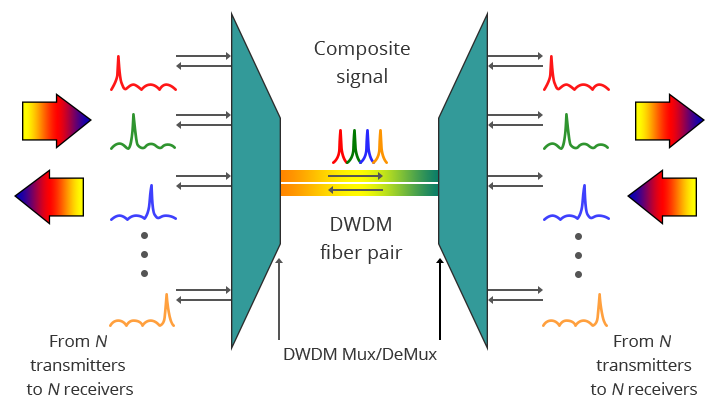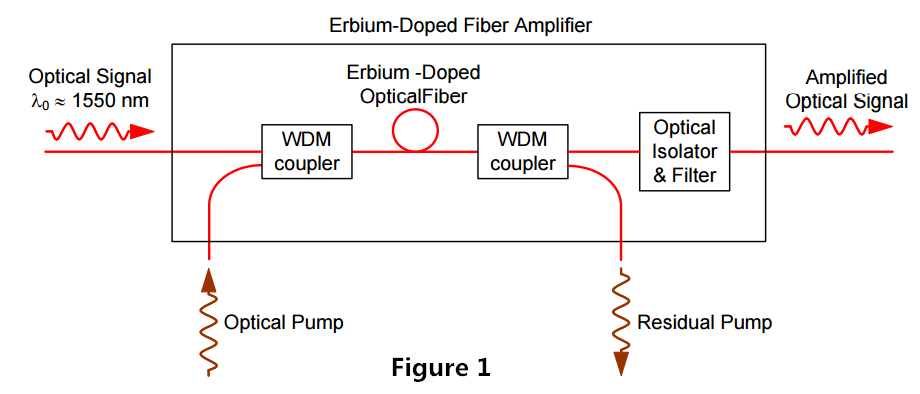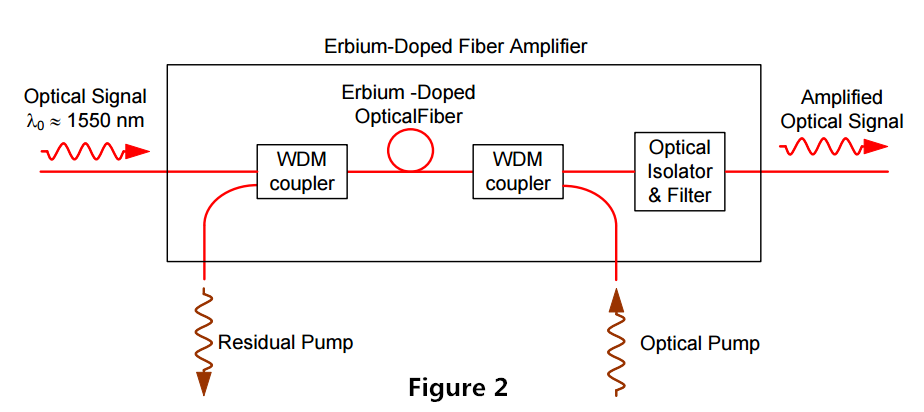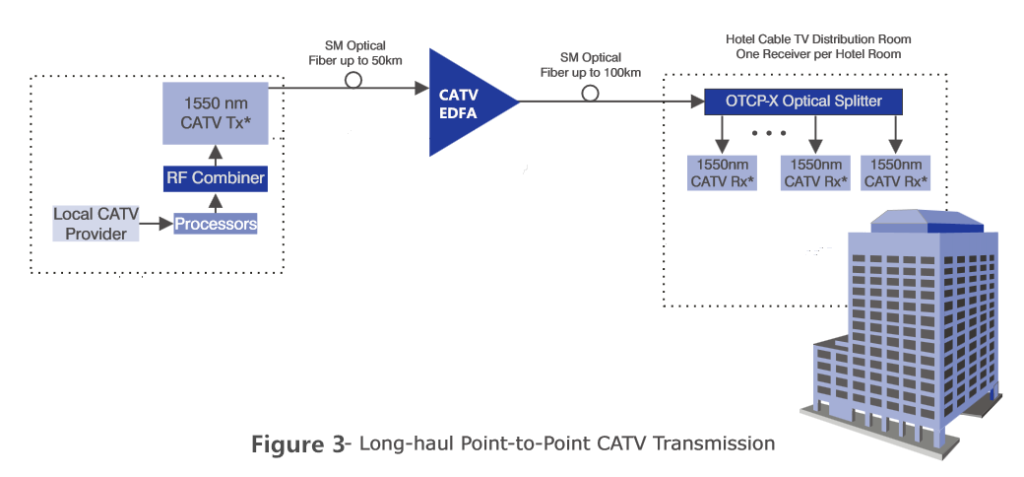Nowadays, the deployment of DWDM solution has been hotly debated in many enterprise networks, especially in the new Lay2 and Lay3 equipment like Arista 7500E series switches. For many enterprises, DWDM network solutions are undoubtedly the best choices of action, because they can provide a scalable and elastic solution for the enterprise that offered high bandwidth and data separation. This article will demonstrate DWDM solutions to Arista 7500E switches which are the foundation of two-tier open networking solutions for cloud data centers.
Analysis of DWDM System
DWDM (Dense Wavelength Division Multiplexing) is a technology allowing high throughput capacity over longer distances commonly ranging between 44-88 channels and transferring data rates from 100 Mbps up to 100 Gbps per wavelength. For intra-datacenter solutions, an endpoint connection often uses multimode (850 nm) for short ranges and single mode (1310 nm) for longer ranges. The DWDM node converts this local connection to a channelized frequency or wavelength, which is then multiplexed with other wavelength and transmitted over a single fiber connection.
A key advantage of DWDM is that it’s bitrate independent. DWDM-based networks can transmit data in IP, ATM, SONET, SDH and Ethernet. Therefore, DWDM systems can carry different types of traffic at different speeds over an optical channel. Voice transmission, email, video and multimedia data are just some examples of services which can be simultaneously transmitted in DWDM systems.

Arista 7500E 100G DWDM Line Card
With full support for Layer2 and Layer3 protocols, Arista 7500E series switch is the ideal option for the network spine for two tier data centers applications. Arista 7500E especially provides the perfect resolution for high bandwidth Metro and long-haul DCI solutions with the 6-port DWDM line card. It has great advantage to migrate from existing 10G DWDM to 100G coherent line side modules. The 7500E series DWDM line card provides six 100G ports with coherent 100G tunable optics, which enables customers to connect directly into existing WDM MUX module without the need to add transceivers, which can save cost and space to a large extent. The coherent optics use C-band region wavelengths and offer a cost efficient solution for up to 96 channels of 100Gb over a single dark fiber pair.
Use Cases for Arista 7500E DWDM Card
- Less Than 80 km Dark Fiber Connection
For distance less than 80 km, Arista 7500E switch with DWDM line cards can directly terminate a dark fiber connection with a pair of passive DWDM Mux, thus achieving a point-to-point connection between two locations.

- Between 80 km and 150 km Connection
For distance greater than 80 km but less than 150 km, losses occurred during the process of transmission should be considered. In order to boost the power level, an EDFA (Erbium Doped Fiber Amplifier) is used to gain flatness, noise level, and output power, which is typically capable of gains of 30 dB or more and output power of +17 dB or more. With the use of EDFA, the signal can be boosted into a certain power level, thus achieving distances of up to 150 km.
Conclusion
The Arista 7500E series DWDM solution offers a cost-effective solution for transporting scalable and massive volumes of traffic, and enhances the 7500E system by providing high performance 100G DWDM port density with the same rich features and dedicated secure encryption in compact and power-efficient systems. Enterprises can easily migrate existing metro and long-haul DWDM networks to add new 100G capacities, thus expanding Layer2 and Layer3 services.
Originally published at http://www.china-cable-suppliers.com/dwdm-solutions-arista-7500e-series-switches.html



